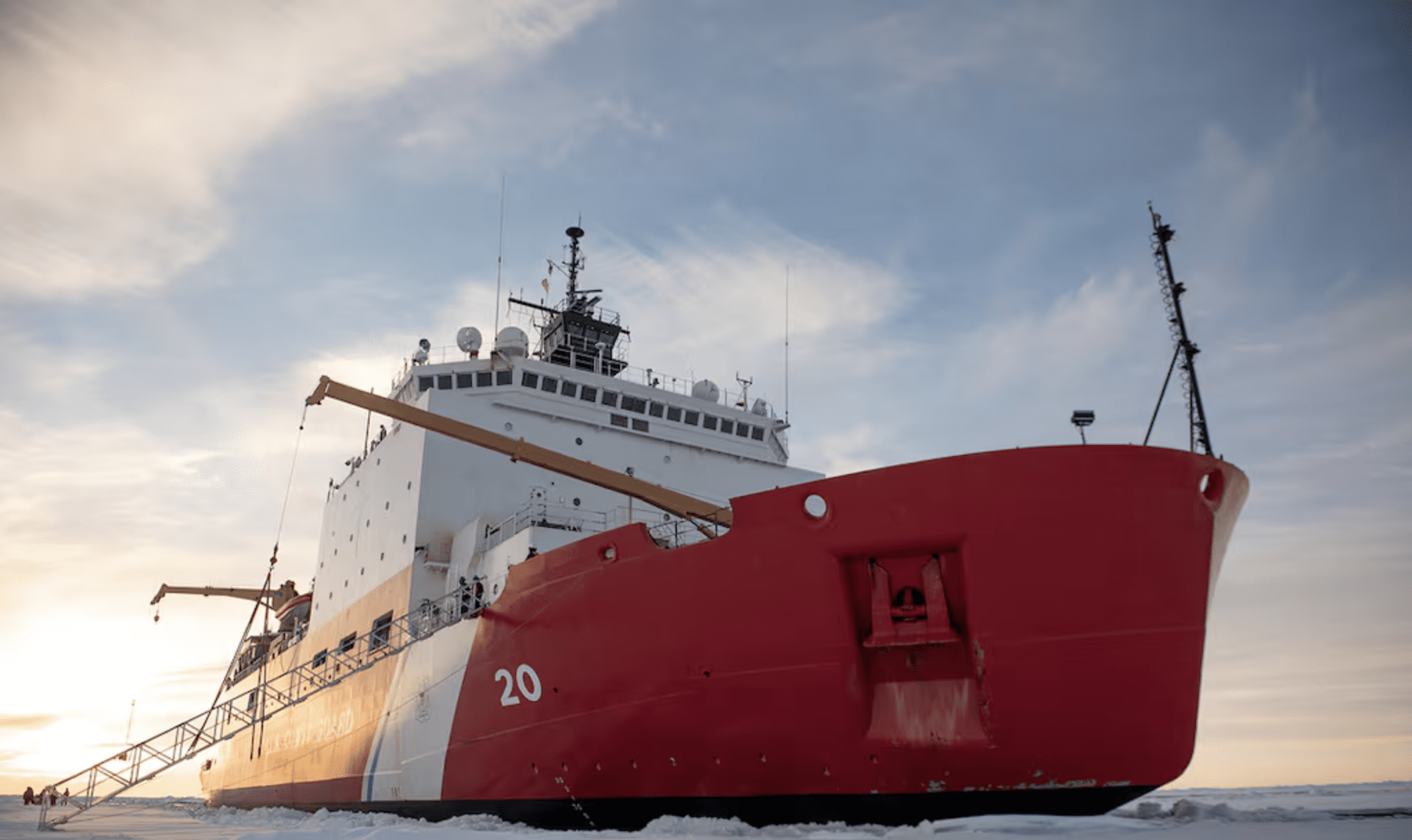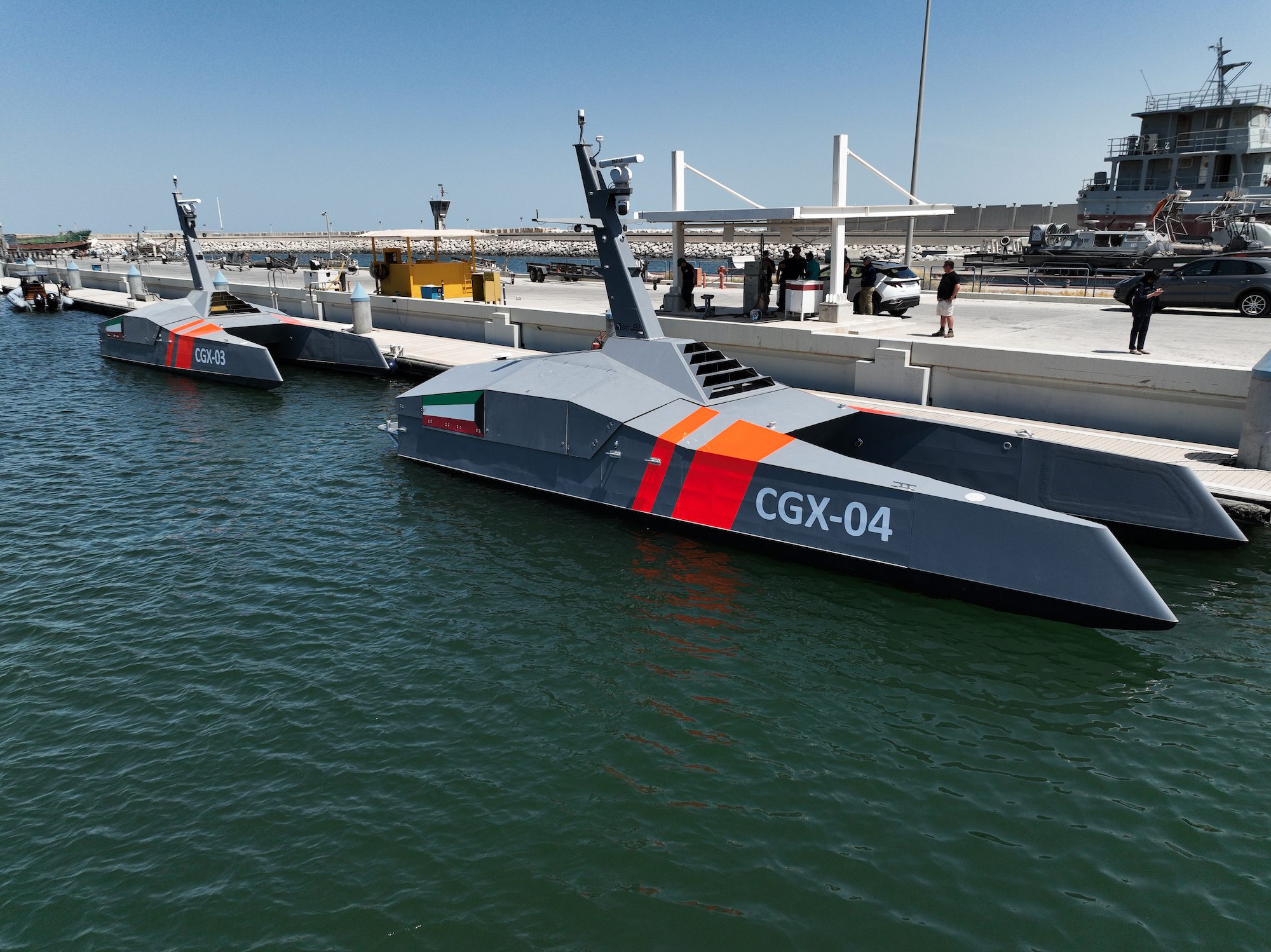Space Force Astronaut image by Vadim Sadovski, Shutterstock
by Salvatore R. Mercogliano, Ph.D – On June 18, 2018, President Donald Trump, before a meeting of the National Space Council announced his plan for the Department of the Defense to create a new military branch, entitled the Space Force.
The creation of a potential sixth armed service – behind the Army, Navy, Marine Corps, Coast Guard, and Air Force – stirred a lot of discussion about America’s role in space. Not discussed but perhaps even more vital than the nation’s strategic goal in outer space is America’s lack of attention to a closer frontier, the seas. While the United States possesses the most dominant navy on the planet, in terms of the commercial sector, particularly in the role of international trade the ships that make up the American merchant marine are small, only 180 vessels of over 1,000 gross tons.
Perhaps it is time to create a new entity to sail on the oceans of the world, an American Maritime Force?
The concept of an American Maritime Force is not as far fetched as it sounds, because unlike the Space Force, which will require the stand up of a complete new organization and the whole sale transfer of components from various other branches, there is already the framework for the Maritime Force.
In 1938, Congress passed Article XIII to the Merchant Marine Act of 1936. Specifically, this provision to the earlier legislation provided for the creation of the United States Maritime Service (albeit not a Force) under the Secretary of Transportation. This organization was intended to assist in training mariners for employment in the new ships being built by the United States Maritime Commission, under Article VII of the same act. This role alleviated the need for the U.S. Coast Guard to assume this mission and instead focus on their potential wartime role and maintain their oversight on the licensing of merchant mariners.
As created, the US Maritime Service (USMS) was a voluntary organization for licensed and unlicensed personnel of the merchant marine. The goal was to assist the members in training and maintaining their licenses. It was initially limited to Americans over 19 years of age and with at least 12 months of sea time in the past 3 years of ships greater than 500 gross tons. If an applicant met this requirement, they were enrolled in the USMS and assigned a rank based on their experience and eligible to draw pay when not signed on a vessel and obtaining training or awaiting a ship.
As a part of the War Shipping Administration, the USMS was responsible for mobilizing the needed merchant crews for the thousands of ships built during the Second World War, from Liberty, Victory, and C-class freighters, to T-2 tankers, members of the USMS met their calling upon the decks of American-built merchant ships.
Training schools were established at Fort Trumbell, Connecticut; St. Petersburg, Florida; Alameda, California; Catalina Island, California; Sheepshead Bay, New York; Gallups Island, Massachusetts; along with King’s Point. The last remnant of the USMS is the Corps of Cadets maintained at the United States Merchant Marine Academy at King’s Point, New York.
As the war progressed, and the need for personnel became greater, the requirement for previous sailing experience was waived and the age requirement dropped to 16. During the war, the USMS graduated a total of 262,494 mariners and these men and women were the difference in sustaining the bridge between fighting forces in the field and the Arsenal of Democracy at home.
Today, the issue is not the need to train mariners for a vast merchant fleet. Instead, the fleet is shrinking, and many mariners are hanging up their licenses and allowing them to lapse because of the difficulty in maintaining their sea time and the cost necessary to keep them up to date. Recently, the heads of the United States Transportation Command, General Darren W. McDew, and the Maritime Administration, Mark Buzby, testified before Congress to this issue and the danger it posed to the United States should it be necessary to fully mobilize all sealift assets for a national emergency. With 15 ships held by the Military Sealift Command and 46 in the Ready Reserve Force by the Maritime Administration, the need for crews of these vessels, particularly in the mid-level and senior license area, could prevent the sailing of these ships.
Still on the books, 46 U.S. Code 51701, allows the Secretary of Transportation to, “establish and maintain a voluntary organization, to be known as the United States Maritime Service [unfortunately, it is not a Force], for the training of citizens of the United States to serve on merchant vessels of the United States and to perform functions to assist the United States merchant marine, as determined necessary by the Secretary.” To enforce this, the Secretary of Transportation is granted the specific authority to:
- Determine the number of individuals to be enrolled for training and reserve purposes in the Service:
- Fix the rates of pay and allowances of the individuals…
- Prescribe the course of study and the periods of training for the Service; and
- Prescribe the uniform of the Service and the rules on providing and wearing the uniform.
Secretary Elaine Chao, along with Administrator Buzby, can immediately set in motion the process to re-establish the US Maritime Service and under a new mission, provide the venue for merchant mariners to maintain their licenses during this time of dwindling ocean-going opportunity. Within the U.S. Navy, the old Merchant Marine Reserve program morphed into the Strategic Sealift Officer program with the stated purpose to provide the Navy with officers that possess sealift, maritime operations, and logistics subject matter expertise, and further hold their US Coast Guard credentials. However, for many mariners, they do not wish to be under the U.S. Navy, and for those in the SSO program, they do not typically advance their licenses in the numbers needed to man the reserve fleet.
Fortunately, there is already an infrastructure for the USMS to build upon. First, the Federal and state maritime academies, all under the leadership of Admirals in the USMS could be used as training sites for merchant mariners in the USMS, particularly with the addition of the new National Security Multi-Mission Ships and the resurrection of the Global Maritime and Transportation School. Second, private and union schools can also provide services, being reimbursed via the USMS for training and updating of licenses. Third, the fleet of reserve vessels held by MARAD and MSC could be training centers for the USMS. Fourth, the active fleet of the US Merchant Marine, the National Oceanic and Atmospheric Administration and Military Sealift Command fleets, could also provide opportunity for reserve cruising.
Obviously, this is a rough plan and details would need to be ironed out. However, the prospect for a United States Maritime Force Service could be immediate and promote the role of the American merchant marine. The new Superintendent of the U.S. Merchant Marine Academy could be the linchpin in developing this program, in conjunction with the presidents of the other state academies and key leadership in the Maritime Administration. With more mariners licensed, a visible presence of the American merchant marine, they could more effectively make their case for a resurgence in the American commercial fleet.

 Join The Club
Join The Club











